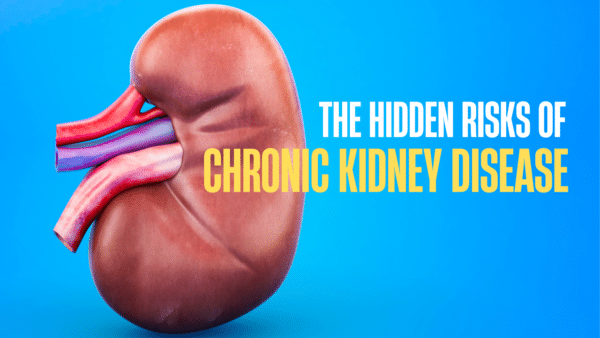Introduction: Unraveling the Layers of Eating Disorders
Eating disorders represent a set of complex psychological conditions that impact a wide range of people globally. These disorders come in different forms, each with its own set of features and challenges. Recognizing and comprehending these conditions is key to prompt detection and effective treatment.
Exploring the Range of Eating Disorders
Anorexia Nervosa: A Struggle with Self-Image
Anorexia Nervosa is marked by a profound fear of weight gain and a skewed perception of body image. Those suffering from anorexia often severely limit their food intake, leading to substantial weight loss.
Bulimia Nervosa: The Tumultuous Cycle of Overeating and Compensating
Bulimia Nervosa is characterized by episodes of excessive eating (binge eating) followed by compensatory actions like vomiting (purging), fasting, or intense exercise. This behavior typically arises from deep dissatisfaction with body image and a compulsive need for control.
Binge Eating Disorder: Overcoming the Loss of Control
Contrary to Bulimia, Binge Eating Disorder does not involve subsequent compensatory behaviors. It is defined by frequent consumption of large food quantities in short timeframes, often accompanied by feelings of uncontrollable indulgence.
Other Specified Feeding or Eating Disorders (OSFED)
OSFED includes various eating disorders that don’t precisely align with the criteria of Anorexia, Bulimia, or Binge Eating Disorder, such as atypical anorexia, infrequent bulimia, and less severe binge eating episodes.
Recognizing Warning Signs and Symptoms
Behavioral and Emotional Signals
- Preoccupation with weight, diet, and calorie counting.
- Constantly checking oneself in the mirror for perceived flaws.
- Avoiding social gatherings, especially those involving food.
- Sudden and severe mood changes and irritability.
Physical Indicators
- Noticeable weight changes.
- Persistent stomach pain and other gastrointestinal issues.
- Irregular menstrual cycles in women.
- Frequent dizziness, fainting, and constant feelings of cold.
The Toll of Eating Disorders on Health
Physical Effects
- Extreme malnutrition leading to muscle loss and frailty.
- Damage to essential organs like the heart and brain.
- Osteoporosis from inadequate calcium and vitamin D intake.
Psychological Ramifications
- Higher risk of anxiety, depression, and social isolation.
- Distorted self-image and self-worth.
- Increased likelihood of self-harm and suicidal thoughts.
Pathways to Support and Healing
Seeking Expert Assistance
It’s critical to consult with medical professionals, such as dieticians, therapists, and psychiatrists. They can offer comprehensive treatment plans that include dietary advice, psychological therapy, and medication when necessary.
Creating a Network of Support
Support from family and friends is fundamental in recovery. Participating in support groups can also offer a sense of belonging and shared experience.
Developing Positive Coping Strategies
Adopting healthy coping techniques like mindfulness, meditation, and art therapy can be instrumental in managing emotions and stress.
Nutritional Rehabilitation
Carefully reintroducing a balanced diet is crucial, under the supervision of healthcare professionals, to ensure a safe restoration of physical health.

